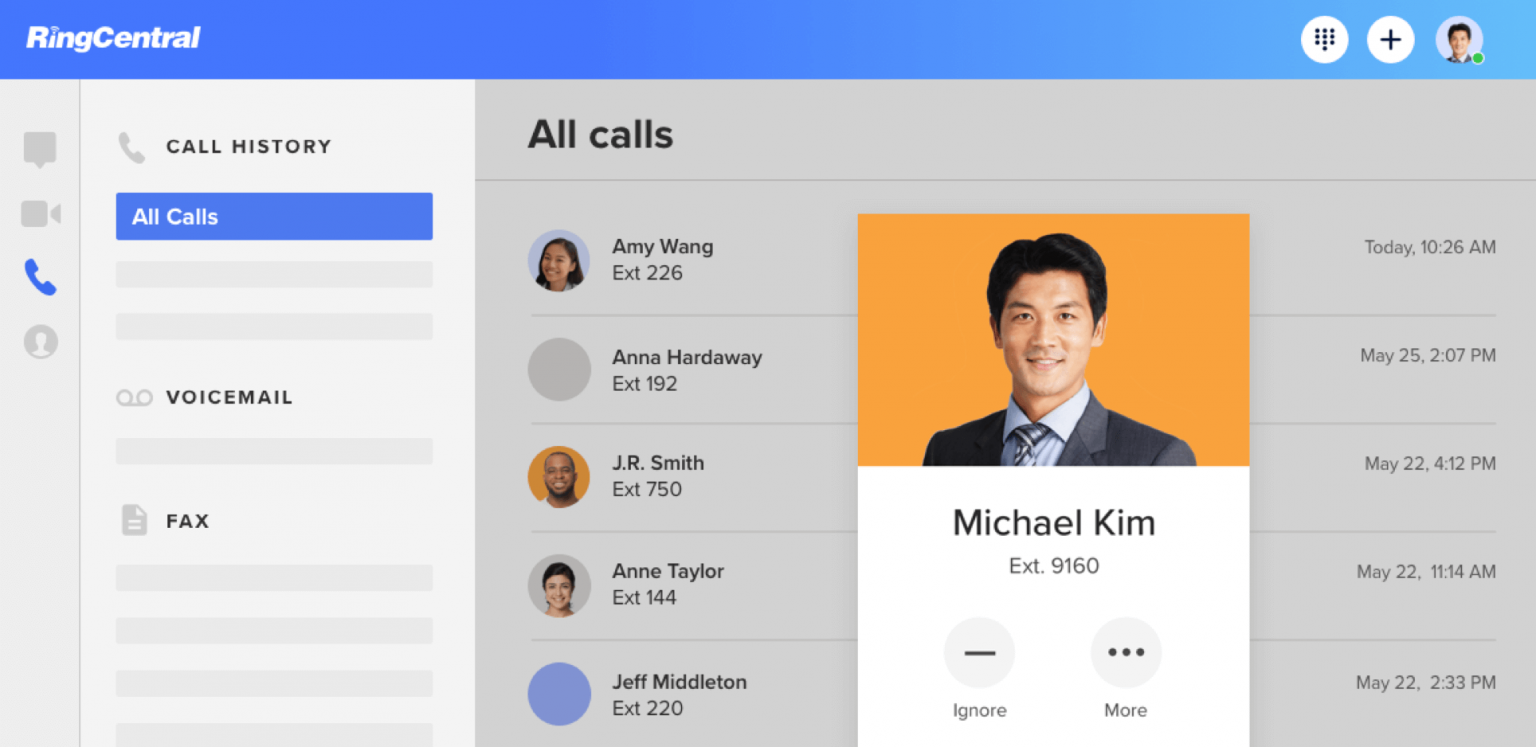Networking with colleagues and making small talk in-between work is a part of standard company culture. These moments help the team bond better and bring them closer.
Water cooler conversations have long been a part of company traditions far and wide. It’s a day-to-day activity in offices where employees stand around the water cooler and have conversations ranging from professional to personal.
Given the rise of remote work, one wonders where this leaves these “water cooler conversations”?
Are they a thing of the past? Not quite.
In this article, we’re going to dig deeper into virtual water cooler conversations and how you can create opportunities for them in your remote workspace.

Why are water cooler conversations important?
Before we explore how to create virtual water cooler moments, it’s essential to understand why they’re important in the first place.
There are reasons why remote managers are going the distance to re-create these moments in the remote setting. Here are some of them:
-
It builds a strong company culture.
Water cooler conversations help spark some great ideas and call for healthy debates, leading to a positive result.
Creating an environment where discussions, debates, and brainstorming are encouraged to eventually benefits the company. It creates an atmosphere of positivity, creativity, and innovation.
Moreover, the exchange of ideas ultimately sharpens and re-enforces other employees’ ideas, conditioning everyone to think differently. It fosters a strong remote company culture where thoughts are encouraged and appreciated, which leads to employee growth.
-
It improves employee engagement and boosts morale.
It’s impossible to work all the time without any interaction. It gets monotonous, unproductive, and demotivating. When you’re working together and talking about things in-between, it keeps the team productive.
These virtual water cooler conversations help improve employee engagement, increase the sense of belonging, and boost confidence.
Employees feel connected by making small talk. For managers, that means it’s easier to lead team tasks and handle a team remotely successfully.
-
It forms strong work relationships.
Fostering relationships at work is significant to survive and thrive in an organisation. As you engage with other employees and get to know them on a deeper level, you start feeling like you’re a part of something bigger.
These relationships are great to boost each other at work, provide support, and help grow through mutual respect.
Strong work relationships are a significant reason why employee growth happens, and working in teams leads to extraordinary results.

Six ways to create virtual water cooler conversation opportunities
Now that you know why virtual water cooler activities should be a part of your company culture let’s see how you can create opportunities for them in your organisation and bind your remote team together.
1. Plan virtual team-building activities
Team building is the idea of interacting with your colleagues and forming strong bonds with them. Planning team-building activities that foster strong work bonds can increase interaction between employees, which remote workers crave for being in a remote environment.
These activities can be related to work like brainstorming and knowledge transfer activities. They can be informal ones like a game of charades or icebreaker sessions for everyone to know each other deeper.
You can also plan for special evenings during the week like movie night or pizza night for the team to create an informal environment that encourages conversations.
Here are some common examples of virtual team-building activities you can include in your virtual workspace:
- Storytelling hour
- Game night
- Book reading night
- Trivia contests or quiz night
- Lunch remote date
- Virtual escape room
- Share a picture game.
Go out of the way at least once a month to plan a special event for your employees. It can be a minimum effort but can help create an expressive environment.
Send food to your employees so you can have dinner together, or buy a Netflix subscription and share it so you can watch at least one movie a month together as a team.
Team-building activities can help create a positive atmosphere, which springs good vibes and enhances communication between employees.
2. Create employee clubs for shared interests
Some of your employees might have shared interests, so why not club them together and let them talk about what they love?
Creating virtual clubs is a great way to get people with the same interests talking. It could be anything from a TV series to a book, blogging, or hobby.
The idea is to pair up people who love talking about a particular topic to provide greater conversation starters and discussion opportunities.
You can schedule a club hour once or twice a week where employees can hang out in their clubs and discuss their topic of interest. It will help break the chain of monotony and a serious work environment by hitting the refresh button. Doing this is necessary to let the employees rejuvenate and come back with a fresh mind to work more productively.
Here are some best practices for organising club activities virtually:
- Let your team take the first move by asking for volunteers for club creation and leadership.
- Schedule the club meets at least once or twice a week.
- Set up club challenges where they can compete and participate in healthy competition
- Allow employees to shift between clubs so they can interact with more people.
- As managers, try to involve yourself in these activities too.
These virtual club activities or meetings will boost creativity and call for greater discussions, facilitating a stronger bond between employees and a unified company front.
3. Set up virtual happy hours
In offices, the Friday night rituals are quite popular, as they de-stress employees and give a great start to the weekend. Given the remote situation, you cannot do these outings. However, you can create a similar environment virtually.
The idea is to have fun and connect over the weekly happenings. These happy hours can also help set a positive tone for your upcoming week; however, it would be best to avoid talking about work stuff.
Let the conversations lead, make small talk, encourage asking questions, have discussions, and set an informal mood. It’s a great alternative to those end-of-the-week outings and can boost communication between employees.
During the happy hours, you can also do some activities to build momentum for the evening and allow everyone to open up. Here are some ideas to start the evening:
- Never have I ever game
- ‘Who’s most likely to’ game
- Experience or story sharing
- A talent show
- Themed costume party
These happy hours can be twice a month for 2-3 hours on a Friday night. The employees will appreciate a break from work, which allows them to talk to their colleagues despite being remote.
The team will have a great time, and when you’re back on Monday, you will have more things to talk about, some memories, and a fresh mind to begin the week.
4. Use team chat apps

Using team chat apps like RingCentral for conversations is like getting off the desk in the office to go to your colleagues for a quick chat. They’re impromptu, fun, and call for easy communication as opposed to slow emails.
If you already use a team chat app to communicate with your team, then you can use the same to encourage employees to talk to each other. You can introduce conversation hours where the chat can turn informal with a timer of an hour, and everyone can relax and talk about different things.
The purpose here is to make conversation and communication easy to carry out. Moreover, this way, the employees will feel more open to talk to others and ask questions. Here are some best practices to keep in mind for team chat apps and encouraging conversations there:
- You can set up a ‘topic of the day’ where everyone can put their inputs
- Everyone can pitch in and talk about a particular topic
- Encourage these conversations frequently yet spontaneously to introduce a fun element
- Give your employees turns to choose the topic for the day so everyone can get to talk about what they like
- You can also organise brainstorming sessions through these apps
Team chat apps are a great way to instantly start a conversation with your team and maintain discussion flow.
5. Celebrate employee wins with everyone
Closing big accounts, being awarded, and celebrating client wins happen everywhere and for all the right reasons. It’s the small individual wins by employees, which together accounts for big wins by the company.
Start appreciating and celebrating employee wins in public. Host a small soiree in honour of the employee who showed massive growth, the team who spent extra hours working on a particular project, or the employees at the forefront of a client achievement.
These small wins often get lost while celebrating the big ones, but they’re equally important.
Doing so will boost your employee’s morale. They will feel appreciated and acknowledged for their efforts not just by the manager and senior employees but also by their colleagues. This can also motivate other employees to work harder and learn from them to replicate more wins and eventually benefit the company.
You can celebrate these announcements or wins on weekly calls, weekend happy hours, or even in the team chat app. It just has to be appreciative and supportive. It’ll bring a smile to the employees’ faces and motivate them to achieve something more significant.
6. Encourage curiosity and asking questions.
Quite often, the reason for the delay in timelines or miscommunications is the fear of asking questions. When the employees in your organisations don’t feel open enough to ask questions freely, blunders tend to happen.
So, try to encourage asking questions and starting a conversation. Inculcating empathy is also vital for employees to feel connected and perform together in an enhanced manner.
Create an inclusive and supportive environment where questions are appreciated and answered in the best possible way voluntarily. If the employees start feeling comfortable with this, it will completely rule out the scope of misunderstandings and mistakes at work. The greater they can communicate with each other, the faster things will get done.
Let them be curious about tasks, what’s happening in the organisation, and how your company can improve working structure and processes. At the end of your weekly meetings, tell your employees to ask at least one question each, no matter how silly it may seem.
The idea is to help them become open with communication because you can organise all the team-building activities globally. Still, if they don’t feel open enough to discuss, it won’t matter.
So, foster an environment where asking questions is equally rewarded as answering and supporting team members with the problems they’re facing.
This way, you create a positive vibe among your team and make sure there are no communication barriers between them, so the focus is clear without distractions.
Conclusion
Remote working doesn’t mean working without any communication with team members. In fact, you’re supposed to take additional measures to communicate with your team so that your employees don’t feel left out and lonely.
Virtual water cooler conversations are a great way to help your employees understand and work with each other better. The stronger they’re together as a team, the better they will work together, and there’s nothing better than that.
Creating these opportunities can unlock great ideas, enhance working efficiency, and ultimately, help achieve greater business growth.
Originally published Feb 24, 2021, updated Jan 13, 2023
